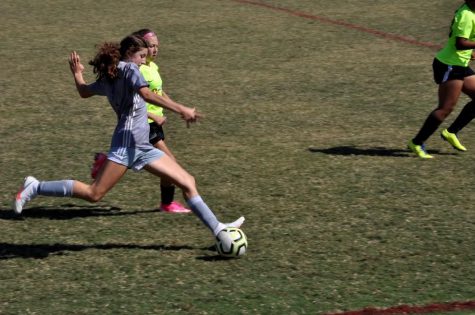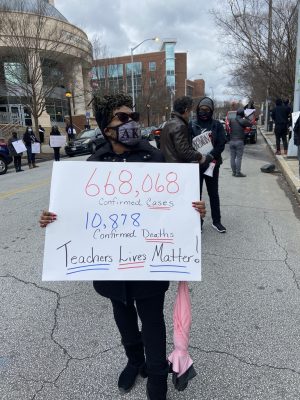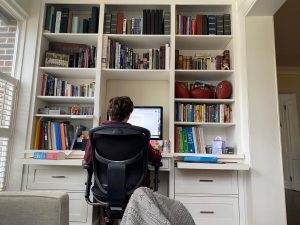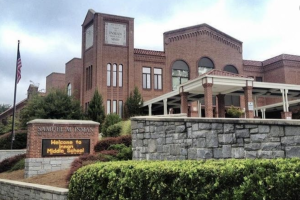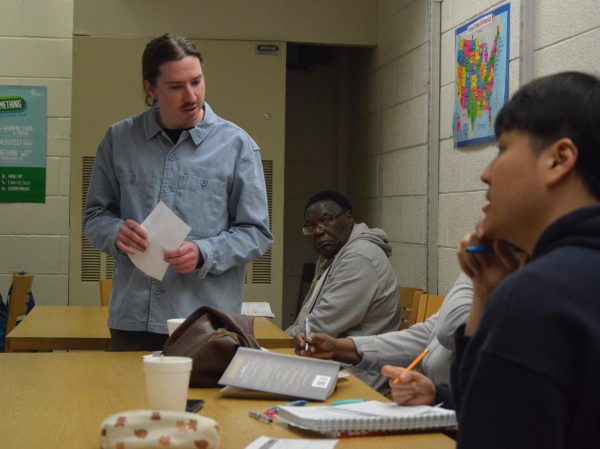Inman should turn into an elementary school
May 4, 2021
The conversation around what to do with Inman is not an easy one to answer, as parents, stakeholders and community members try to have their say in the building’s future. However, turning Inman into a new elementary school for the cluster is the solution that would best meet the needs of all community members.
In contrast to the fourth and fifth academy, the elementary school proposal ensures elementary schools remain neighborhood schools and keep the schools close to the communities they serve. In a survey of 1,083 Grady cluster families by the Council of Intown Neighborhoods and Schools, 45 percent ranked “ensuring elementary schools are neighborhood schools” as their first or second priority in primary goals in addressing capacity growth in the cluster. This was the top response in the survey.
Creating a new school would mean zoning for every elementary school would be smaller, allowing children to form close connections with peers who live in their neighborhood and giving the community greater involvement with each school.
Another benefit to the elementary school option is that it allows for more walkability. In a separate survey conducted by APS of 469 parents, staff and community members, 27.23 percent of respondents chose walkable communities as their number one priority for future facility considerations, the greatest response in the survey.
If Inman was converted into an elementary school, a projected 51.3 to 58.1 percent of students would be able to walk to school, compared to only about 35.4 percent of students with the fourth and fifth grade academy option. Walking to school has many benefits to students, including a greater sense of alertness leading to higher academic performance. Additionally, having a school close enough to walk to increases attendance and removes possible transportation barriers.
While these are both important factors, turning the Inman facility into an elementary school solves APS’ projected issue of overcrowding at Mary Lin, Morningside and Springdale Park elementary schools. By pooling students from the cluster’s current elementary schools, all cluster elementary schools will be smaller, giving students and teachers more breathing room. While the fourth and fifth grade academy option will alleviate this problem at elementary schools, it is projected to cause overcrowding at Inman.
Smaller elementary schools mean smaller class sizes and more individualized focus on students, which is beneficial in the long run. Additionally, if Inman is turned into a new elementary school, students will have less transition in their K-5 years, adding more stability into these student’s lives and allowing them to form closer ties with their schools and communities.
While a benefit to the fourth and fifth grade academy option is increased diversity among students at an earlier age, several parents are concerned that this may come at the expense of equity. At Hope Hill Elementary School, a largely neighborhood school in the Grady Cluster, parents believe that the community built a great support network across students of all races and socioeconomic status. The concern is that with the fourth and fifth grade proposal, these students will miss out on this support network in their later elementary years. If the district were to move on with this proposal, intentional efforts would have to be made to ensure these students are receiving the same level of support they had before.
The most prevalent drawback to the Inman Elementary proposal is rezoning within the Grady cluster. Rezoning is a conversation no one likes to have, but is a conversation that has been long put off and is now necessary for both APS and the community to face. Currently, APS has several different options for how these neighborhood lines will be drawn. However, parents can take reassurance in the fact that these rezoning plans keep all children both inside the district and within the Grady Cluster. Rezoning is not fun, but it provides an opportunity to come together and create a new school community.
No one likes change, and no proposal will fully satisfy everyone, but we must come together as a district to find a solution that meets the majority of the cluster’s needs. Turning Inman into an elementary school is a solution that does what it needs to, and provides a new chance to create smaller, stronger district communities.



